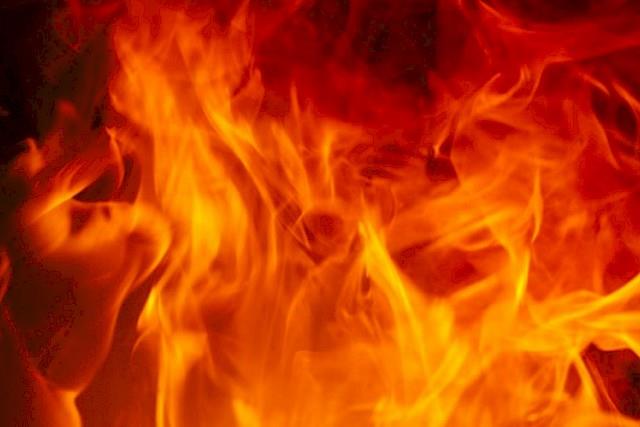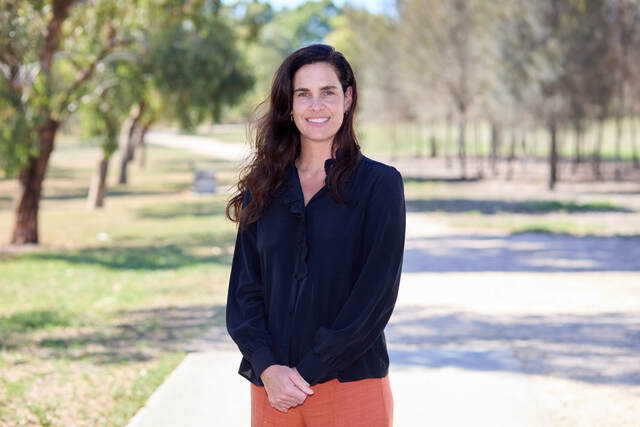Victorian fire services are responding to at least one significant lithium-ion battery-related fire each week and this trend is expected to increase.
Energy Safe Victoria, Country Fire Authority (CFA) and Fire Rescue Victoria (FRV) are urging the community to be aware of risks associated with lithium-ion batteries and know how to use them safely, with fires caused by them on the rise.
Lithium-ion batteries are rechargeable batteries found in e-scooters, e-cigarettes, e-bikes, electric vehicles, golf buggies, power banks, vacuum cleaners, power tools and gardening appliances.
CFA deputy chief officer Garry Cook said lithium-ion battery fires can be avoided by taking precautions and using these devices safely.
“When lithium-ion batteries are damaged, misused or fail to meet compliance standards, they pose a serious fire risk, particularly while they are connected to chargers,” he said.
“These devices make our lives easier, however people should know the risks and make sure they use e-products correctly.
“The best way to keep you and your family safe is to only purchase from reputable suppliers, follow the manufacturer’s instructions and use the compatible charger that came with the product.”
Once a lithium-ion battery catches alight it can develop dangerous, self-sustaining flames and potentially release shrapnel and toxic gas.
Fire agencies encourage people to charge these devices in a safe open space outside or in a room where a smoke alarm is present.
The issue has prompted Energy Safe to include the supply of safe lithium-ion batteries as a compliance and enforcement priority for 2023-24, ensuring suppliers sell products that meet Australian Standards.
Energy Safe has also led the expansion of international safety standards for personal e-transporters, such as electric scooters powered by rechargeable batteries.
Energy Safe chief executive Leanne Hughson said one of the biggest risk factors was the use of ‘aftermarket’ batteries or those not made by the original manufacturer.
“All batteries come with a degree of risk but it’s how you treat them and the care you take with purchasing that determines whether they become dangerous,” she said.
“If they’re damaged, replace them and don’t take shortcuts to save some money. Common factors with lithium-ion fires are aftermarket, recycled or modified batteries.
“They may be cheaper, but they are not worth the risk. You want the safest option which is the battery that is built by the same manufacturer as the product. It’s the same principle with chargers – do not buy the cheapest charger you can find unless it’s made by the manufacturer of the product.
“Riding an electric scooter should be a fun pastime, not an imminent fire hazard.”
Victorians can learn more about lithium-ion batteries and how to safely use these products online at www.cfa.vic.gov.au/batterysafety and www.frv.vic.gov.au/battery-safety.







